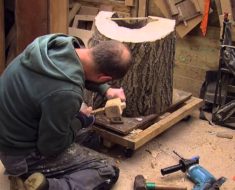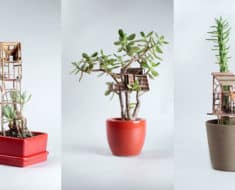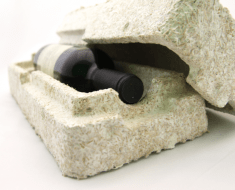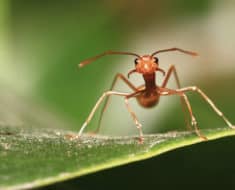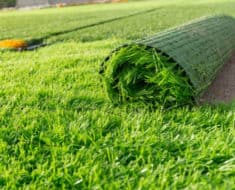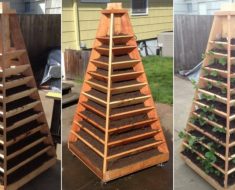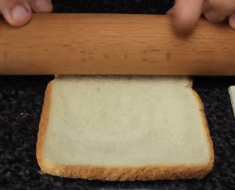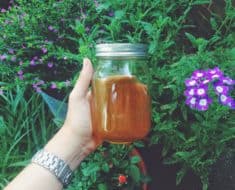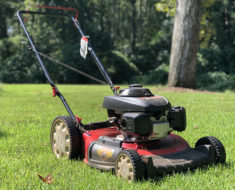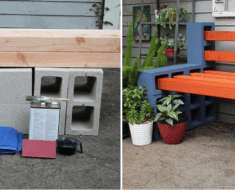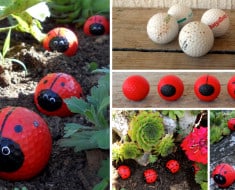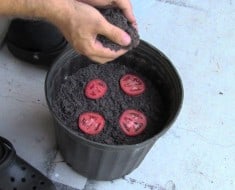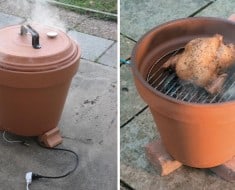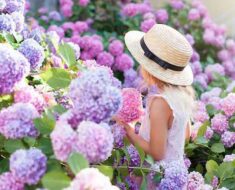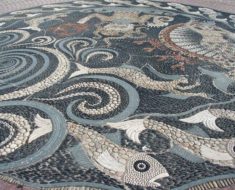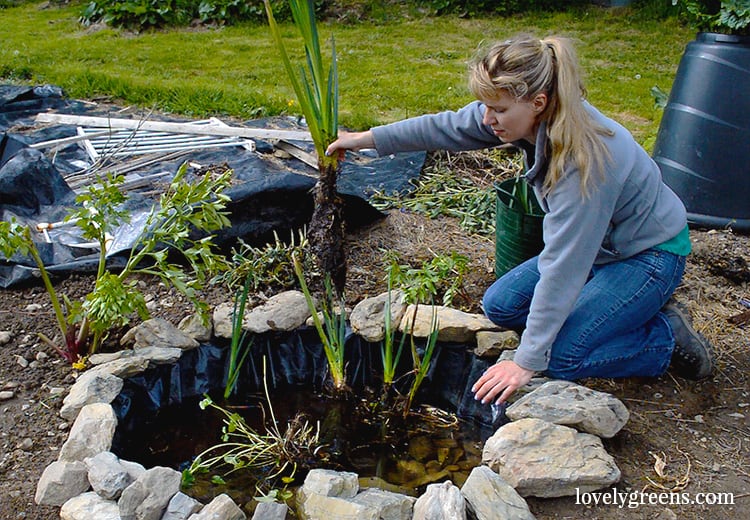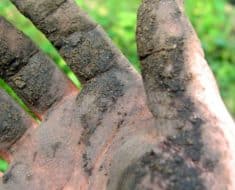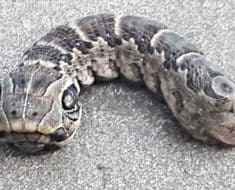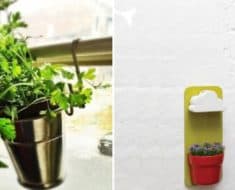Pineberry starts are priced high, but you have no other option since they may not come true from seeds as many gardeners have found out to their disappointment. You can perhaps buy just 2 or 3 now, and increase your stock by division. Make sure the plants you order are self-pollinating. Cross pollination with regular strawberries will not change the color or flavor of pineberries, and may, in fact, increase fruit set.
The pineberry starts you get by mail may be quite small and fragile-looking. They are suitable for growing in USDA zones 4-8, but you may have some success in other zones if they are grown in containers and protected from extremes of temperature. Ease them out of the package with care. If you are starting with only a few plants, you may want to plant them in pots.
Pineberries can be grown in any container that can hold a quart of soil. They have a small root system, so a 10”-12” pot that is 8” deep would do. Drainage is the most important consideration. Hanging containers and rain gutters can be used as long as you can provide good drainage. You should be able to check the soil moisture. Although sogginess can kill them, they need sufficient moisture in the soil at all times.
Use a good quality soil mix intended for strawberries to fill the containers. You can also make your own with:
- 10 parts sterile potting soil
- 10 parts peat moss
- 8 parts perlite
- 4 parts compost
- 1 part sand
Combine them all very well to get a uniform mixture. Check the pH of the potting mix. Being woodland plants, pineberries prefer slightly acidic soil. A pH of 5.5 to 6.5 is ideal. Add suitable amendments to bring the pH within the above range.
Hanging containers can be closely planted, with 1 plant to every 6 inches. Keep them in a place that receives 6 hours of direct sunlight or 8-10 hours very bright indirect light. Water the plants before the soil dries out. Feed with a liquid fertilizer from May onwards to keep the plants in good health throughout the bearing season.
Like ✪ Share ✪ Be Awesome









